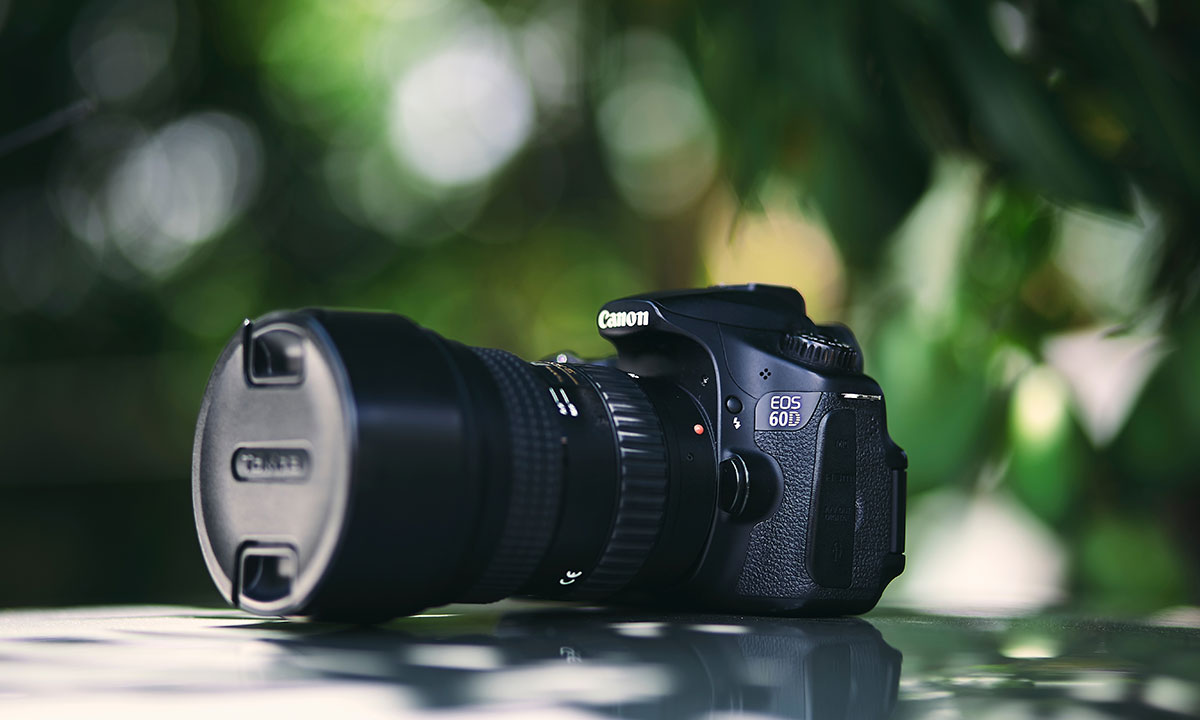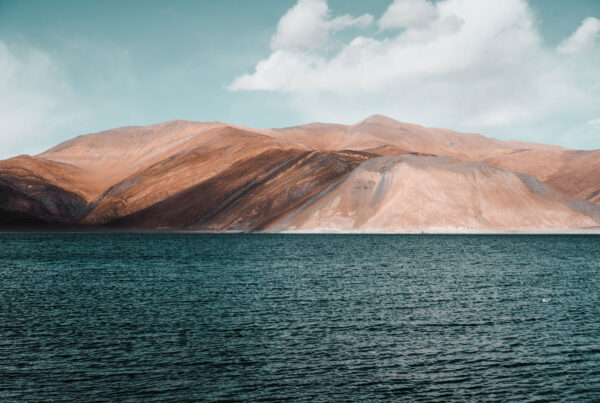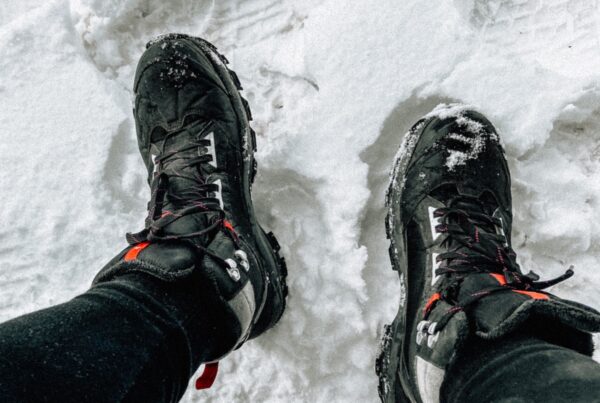So you bought your first DSLR camera.Firstly, DSLR stands for Digital single-lens reflex camera. DSLR cameras can be a little intimidating in the beginning, but once you understand the basics of photography it becomes really fun. I bought my first DSLR camera (Canon EOS 60D) a few weeks ago so I myself am a beginner. But after reading and watching loads of tutorials I have discovered a few key facts about DSLR photography. To be honest, when I first took my DSLR in hands, I had no clue about what half the buttons were for. Then I started googling, and I got more confused. I was really irritated of all these technical terms thrown at me. After days of googling and watching video tutorials I have discovered some very important tips which will improve your photography drastically. So here are some getting started tips-:
1. Don’t underestimate the power of automatic modes.
When I started shooting pictures with my DSLR, I straight away started using the manual mode.Obviously you have more control over your camera in that mode but its useless to set everything manually when you don’t know what half the settings are for. So start with the automatic modes! Almost every DSLR camera comes with some awesome automatic modes. (Check your manual for details regarding modes)
2. The 3 magic words.
No, not I love you. The 3 magic words are Aperture, Shutter speed and ISO. If you understand what these 3 words mean, half the job is done. I am not going to give the exact definition of these terms, but I am going to tell you why are they so important and how they effect the quality of your photograph.
Aperture – Aperture is basically a opening in the lens through which light travels.
Through Aperture settings you can control the amount of light that will enter the lens. Aperture values are denoted by a number called f/stop.The lower the f/stop value, the more light will come in and vica-versa.
So f/16 means LESS light will come in and f/1.4 means MORE light will come into the camera.
Where will Aperture be useful?
I know what you might be thinking. Where the heck will aperture actually be used? Okay, so have you heard of depth of field? A shallow depth of field refers to a shot in which the subject is in focus, but the background is blurry. This creates a beautiful effect. So, for a shallow depth of field you will select a lower f/stop value (like f/2.8).
Note : The limit of the f/stop or aperture value depends on the type of lens you are using.
Depth of field
(An image with shallow depth of field. The object is in focus and the background is blurry)
Shutter Speed – Shutter speed is the amount of time for which the camera shutter is open.
Shutter Speed is measured in seconds. It is denoted by a value like this – 1/1000 (fractions of seconds). The bigger the value the faster the speed. 1/1000 is much faster than 1/60. The limit of the shutter speed value depends from camera to camera.
Where will Shutter Speed be useful?
Shutter speed is very useful! If you have set a slower shutter speed, chances are that your images are shaky. At slower shutter speeds you will definitely need a tripod to stabilise the camera because camera movement can ruin the shot. Ever wondered how people took shots of moving cars and captured their motion in it? Well, thats the power of shutter speed. Slower shutter speed will always capture more movement.
ISO – ISO refers to the light sensitivity of the camera.
ISO values are simple numbers like 100, 200 , 300 etc. The maximum ISO value which you can choose depends on the camera which you are using! If you have set a higher ISO value, the final image will be grainy. This is because higher ISO increases noise in the image.
Where will ISO be useful?
Basically if you are shooting in a dark room, you will have to choose a higher ISO(Like 3000,4000,5000 etc). And if you are shooting in a bright area, you can choose a lower ISO (Like 100,200,300 etc). Remember, higher ISO leads to grainy photographs.
3. Go out and have fun!
Lastly, go out and have fun with your camera. Photography is beautiful and it is a skill which will improve gradually. You cannot expect yourself to capture top notch photos right from the word go! But the points mentioned in this post will definitely improve the quality of your photos and strengthen your photography basics.



